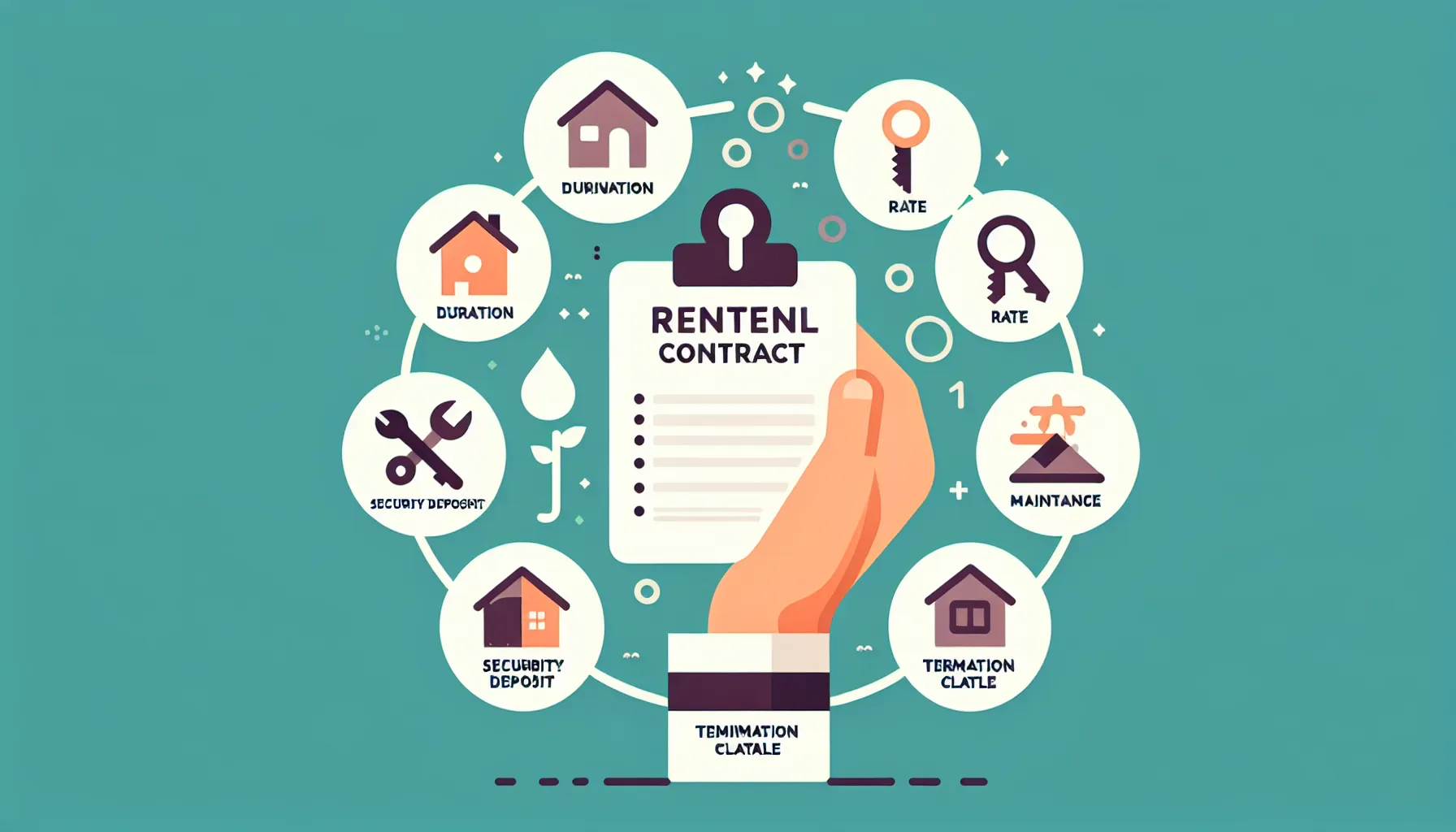Starting a house rental contract can be daunting, especially if you’re new to the process. But don’t worry, we’ve got your back! We aim to simplify this seemingly complex task by breaking it down into manageable steps. Let’s dive into the essentials of a house rent contract sample and make your renting experience in Saudi Arabia a breeze.

Understanding the Basics of a House Rent Contract
A house rent contract, also known as a lease agreement, is a legal document that outlines the terms and conditions of renting a property. It protects both the landlord and the tenant by clearly defining their rights and responsibilities. But what exactly should you look for in a house rent contract sample?
Key Components of a House Rent Contract
When reviewing a house rent contract, pay close attention to these crucial elements:
- Parties Involved: Clearly state the names of the landlord and tenant.
- Property Details: Include the complete address and a description of the rental property.
- Term of Lease: Specify the start and end dates of the lease.
- Rent Amount: Mention the rental amount, due date, and payment method.
- Security Deposit: Outline the amount, conditions for its return, and usage.
- Maintenance and Repairs: Detail responsibilities for property upkeep.
- Termination Clause: Describe the process for ending the lease early.
Table: Sample House Rent Contract Components
| Component | Description |
|---|---|
| Parties Involved | Names of landlord and tenant |
| Property Details | Address and description of the rental property |
| Term of Lease | Start and end dates of the lease |
| Rent Amount | Rental amount, due date, and payment method |
| Security Deposit | Amount, conditions for return, and usage |
| Maintenance & Repairs | Responsibilities for property upkeep |
| Termination Clause | Process for ending the lease early |
Tips for a Smooth Renting Experience in Saudi Arabia
Renting a home in Saudi Arabia can be a rewarding experience if you know the ropes. Here are some tips to help you navigate the process:
1. Research the Market
Understand the local rental market to find the best deals. Websites like AnySqft can provide valuable insights into market trends and property values.
2. Visit the Property
Always visit the property before signing the lease. This ensures you know exactly what you’re getting.
3. Negotiate the Terms
Don’t hesitate to negotiate the terms of your lease. Whether it’s the rent amount or the maintenance responsibilities, ensure the contract meets your needs.
4. Understand Your Rights
Familiarize yourself with tenant rights in Saudi Arabia. This knowledge will empower you to address any issues that may arise during your tenancy.
Graph: Average Rent for 2-Bedroom Apartments in Different Saudi Cities

Common Mistakes to Avoid
Avoid these pitfalls when signing a house rent contract in Saudi Arabia:
- Not Reading the Contract Thoroughly
Always read the contract in full. Look out for any hidden fees or clauses that could impact you.
- Ignoring Maintenance Clauses
Understand who is responsible for repairs and maintenance. This can save you from unexpected expenses.
- Not Documenting the Condition of the Property
Take photos and document the condition of the property before moving in. This will help avoid disputes over the security deposit when you move out.
Checklist: Before Signing a Lease Agreement
- [ ] Read the contract thoroughly
- [ ] Visit the property
- [ ] Document the property’s condition
- [ ] Negotiate terms if necessary
- [ ] Understand your rights as a tenant
How AnySqft Enhances Your Renting Experience
AnySqft’s AI-driven platform simplifies the renting process by providing personalized property recommendations, accurate market data, and seamless transaction support. With AnySqft, you can confidently navigate the Saudi rental market and find the perfect home.
Summary
Renting a property in Saudi Arabia doesn’t have to be stressful. By understanding the key components of a house rent contract, researching the market, and leveraging tools like AnySqft, you can ensure a smooth and enjoyable renting experience. Remember to read your contract thoroughly, document the property’s condition, and know your rights as a tenant.
Happy renting!
